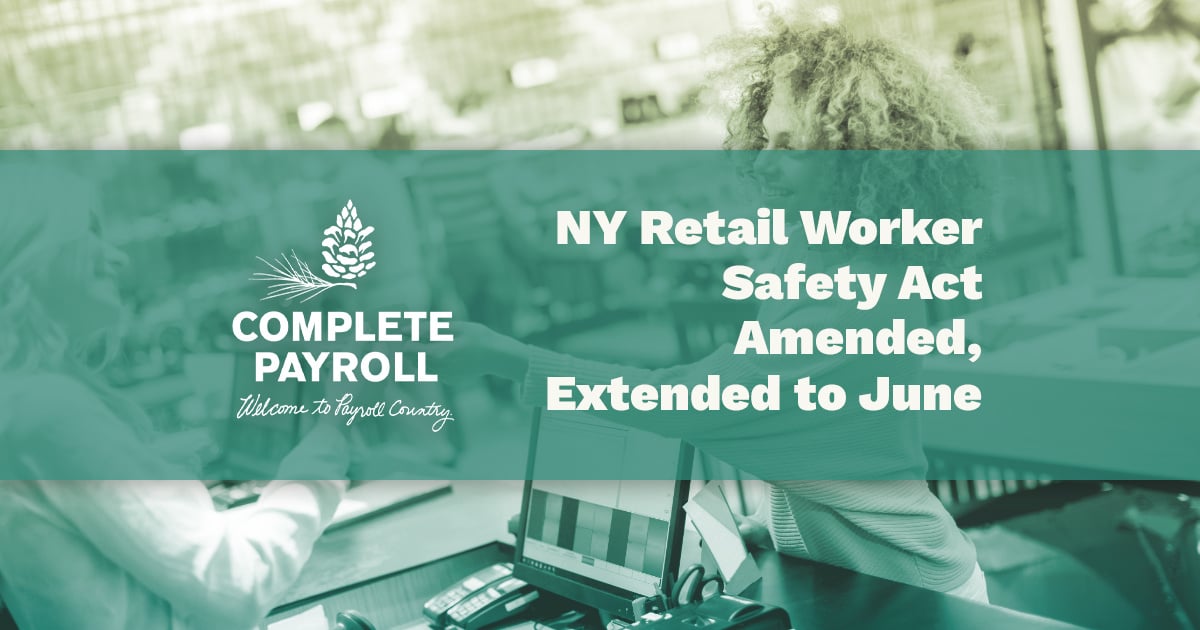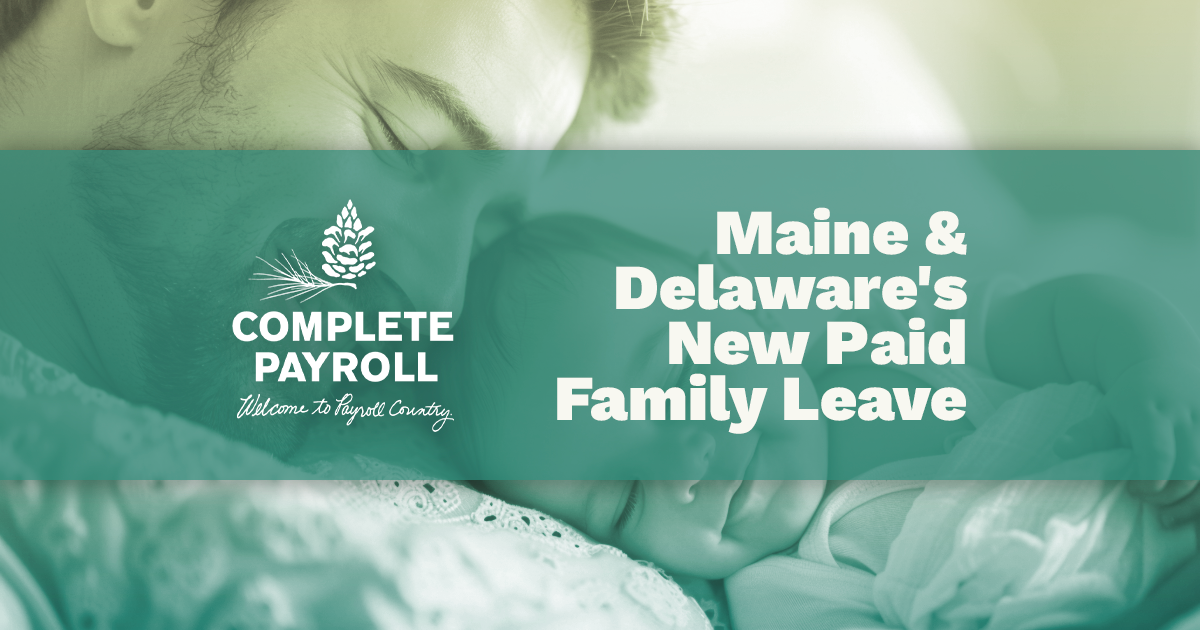California has passed a new version of Supplemental Paid Sick Leave (SPSL) that will take effect on February 19, 2022, and apply retroactively back to January 1, 2022. The law expires September 30, 2022. The law applies to employers with 26 or more employees. FAQs should be available soon on the Labor Commissioner’s webpage. Below are the key points from the statute.
Employee Eligibility
All employees of covered employers are immediately eligible, regardless of status, hours worked per week, or length of employment.
Amount of Leave
This new SPSL provides two separate banks of leave: one that employees can access for numerous reasons related to COVID (we’ll call this Standard SPSL) and another they can access only when they or a family member test positive for COVID-19 (we’ll call this Positive Test SPSL).
Full-time employees (as defined by the employer) and those who have worked, or were scheduled to work, an average of 40 hours (or more) over the two weeks before their leave are entitled to 40 hours for Standard SPSL and an additional 40 hours for Positive Test SPSL.
Part-time employees are entitled to the number of hours they are usually scheduled to work in a week. If they have a variable schedule, they are entitled to seven times the average number of hours they worked each day in the previous six months (or the entire duration of employment if they’ve worked less than six months) or, if they have worked for seven days or less, the number of hours they have worked before taking leave. The same calculation applies for their bank of Standard SPSL hours and their bank of Positive Test SPSL hours.
No employee is entitled to more than 80 hours of SPSL between January 1, 2022, and September 30, 2022.
Use of Leave
Employees can take Standard SPSL if they are unable to work or telework because:
- They are subject to a quarantine or isolation period related to COVID-19 according to an order or guidance of a public health authority.
- They have been advised by a health care provider to isolate or quarantine due to COVID-19.
- They are attending an appointment for themselves or a family member to receive a COVID-19 vaccine or a vaccine booster.
- They are experiencing symptoms, or caring for a family member experiencing symptoms, related to a COVID-19 vaccine or vaccine booster (for each shot, the employer can limit leave to three days or 24 hours, inclusive of time spent getting the shot, unless the employee provides verification from a health care provider that symptoms are ongoing).
- They are experiencing symptoms of COVID-19 and seeking a medical diagnosis.
- They are caring for a family member who is isolating or quarantining because of COVID-19 according to an order or guidance of a public health authority or their health care provider’s advice.
- The covered employee is caring for a child whose school or place of care is closed or otherwise unavailable for reasons related to COVID-19 on the premises.
Employees can use their Positive Test SPSL hours if they are unable to work or telework because:
- They test positive for COVID-19
- A family member they provide care for tests positive for COVID-19
Employers can’t require employees to:
- Exhaust their Standard SPSL hours before using their Positive Test SPSL hours.
- Use their state-mandated paid sick leave (PSL), vacation, PTO, or any other leave benefit before or instead of using SPSL for a covered reason.
- Use SPSL prior to providing paid leave under any Cal-OSHA COVID-19 Emergency Temporary Standard (e.g., in lieu of exclusion pay).
- Use a certain amount of leave or use leave when they don’t want to. Employees have the right to choose when to use their SPSL and how much to use.
Rate of Pay
Non-exempt employees should be paid at their regular rate of pay for the workweek during which they use leave. If their rate of pay is not determinable just by looking at the week in question, divide the employee’s total wages (not including overtime or premium pay) by the employee’s total nonovertime hours worked in the full pay periods in the 90 days before they take leave. Exempt employees should be paid at the same rate you pay them for other forms of paid leave.
Employers can limit pay for SPSL to $511 per day per employee and $5,110 total per employee.
Offsetting an Employee’s SPSL Hours
Employers who provided an employee with another form of COVID-specific paid leave on or after January 1, 2022, can count those hours toward the employee’s SPSL entitlement. The leave provided must have been available for a reason covered by SPSL. The offset does not apply if an employee used their state-mandated paid sick leave (PSL), PTO, vacation, or other non-COVID leave.
There are two likely scenarios where an offset will apply: if an employer is voluntarily providing COVID-specific leave, separate from PSL and their regular PTO program; or if the employer has provided paid leave under a city- or county-mandated COVID-specific leave law.
Leaves Taken Between January 1 and February 18, 2022
If an employee took leave between January 1, 2022, and February 18, 2022, for a qualifying reason under the new SPSL, but was not paid for this leave in the amount required under this law, they have the right to request a retroactive payment equal to the amount required. After the employee makes the oral or written request, the employer will have until the payday of the next full pay period to pay the retroactive SPSL.
An employee who used PSL or another type of paid time off for a qualifying reason between January 1 and February 18 will be entitled to request, orally or in writing, that those hours be converted to SPSL. Hours that were used from another bank (e.g., PSL or PTO) should be credited back to the employee.
Documentation from Employees
Employees are entitled to take Standard SPSL immediately upon oral or written request and may not be required to provide medical certification or proof of their need for leave.
Employers can require proof of an employee’s positive COVID-19 test to confirm their need for additional paid leave via Positive Test SPSL. While the law says an employer can also require proof of a family member’s positive test, the Equal Employment Opportunity Commission (EEOC) believes that this is prohibited by the federal Genetic Information Nondisclosure Act. We are hoping the state (or the EEOC) will provide guidance on this conflict.
Employers can require employees who take Positive Test SPSL to provide a negative test five or more days after their positive test before returning to the workplace. If this is required, the employer must pay for it.
Mandatory Notice
Employers must post a state-provided notice in a conspicuous location in the workplace. Employers whose workforces are remote, or partly remote, should ensure that those employees see the poster, either by sending it via email or posting it online. That notice should be made available next week on the Labor Commissioner’s webpage. We recommend checking this page frequently for the notice as well as promised FAQs.
Employers must also notify employees of how much SPSL they have used each pay period on their itemized wage statements or on a separate writing at the time wages are paid (even if that number is “0”). This requirement won’t be enforced until the next full pay period following February 19, so you have some time to work with your payroll department or provider to set this up.
Of note, last year’s version of SPSL required that employers show employees the remaining balance of their SPSL. Presumably, they have changed this rule because an employee’s balance is unknown—it will depend on whether they ever qualify for Positive Test SPSL, and for many employees, their balance will also depend on how many hours they have worked before taking leave.
















-1.jpg?width=1920&name=Complete%20Payroll%20Blog%20Photo%20(7)-1.jpg)
 Get Instant Blog Notifications
Get Instant Blog Notifications


